
Here is a picture of Magnolia x soulangiana (pink) and what Magnolia stellata (white). These are probably the most common Magnolia trees planted in my neighborhood. This is a shame because neither of these are native to the US. The idea being butterfly host plants = bird food. This is a shame because we have quite a few native Magnolia trees.
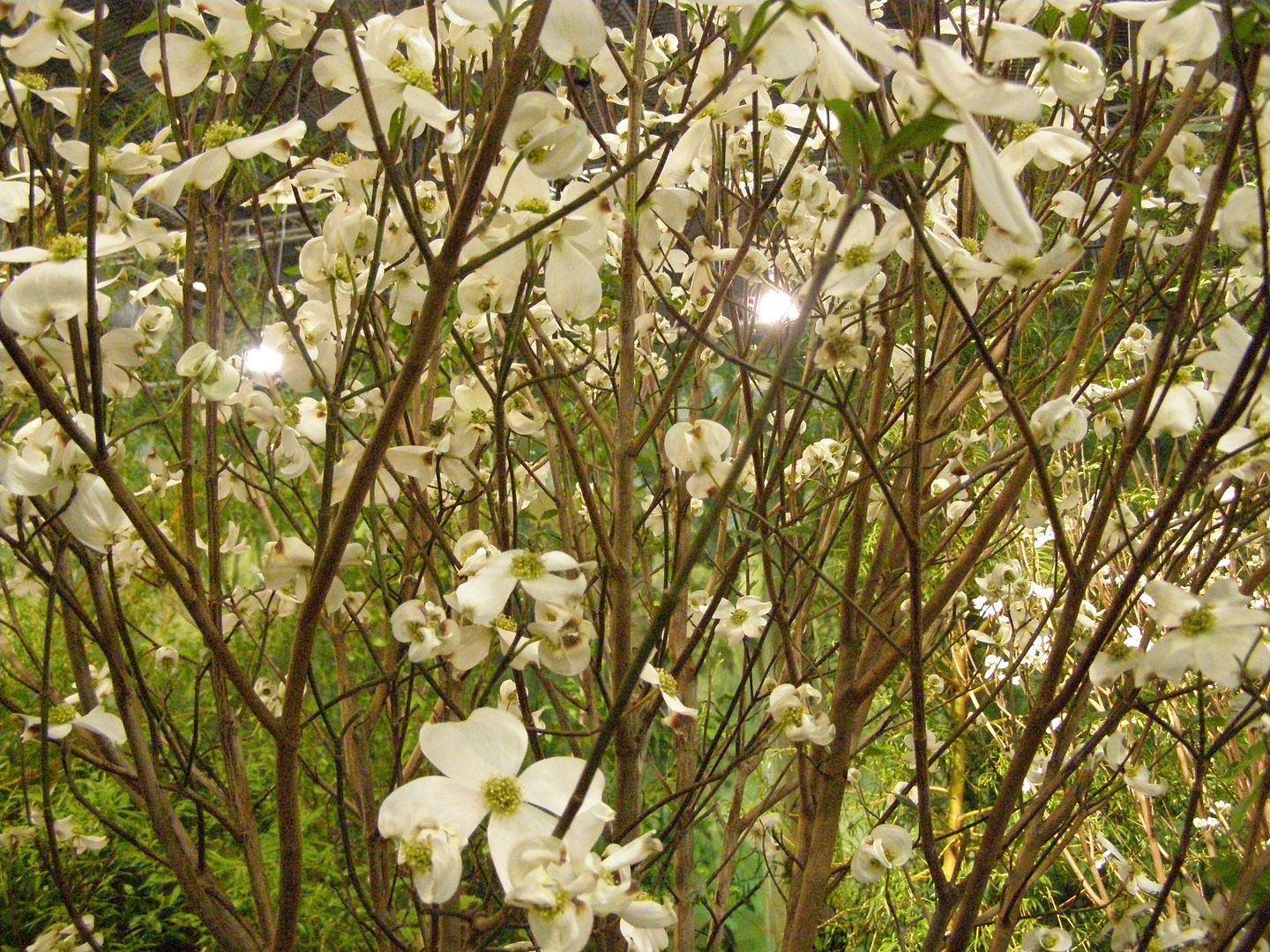
Cornus florida, White Flowering Dogwood. This is native and not to be confused with Cornus kousa. Someone at the show had the good sense to use the native and not the the non. The difference between these two species is subtle. Basically they both have the same flower. Cornus kousa however produces a nice large red fruit that nothing eats in the fall and introduced a disease that slowly kills our native Cornus florida by causing limbs to slowly die to blight each year. Sure it may one day irradiate the species and some 100+ insect species that use our native dogwood as a host but that meaningless red fruit Cornus kousa is worth it right?
Actually there are a few native dogwoods that are unaffected to the disease. Cornus florida was probably the only one that had the big white flower though. And who knows how many of the 100+ insects only use Cornus florida.
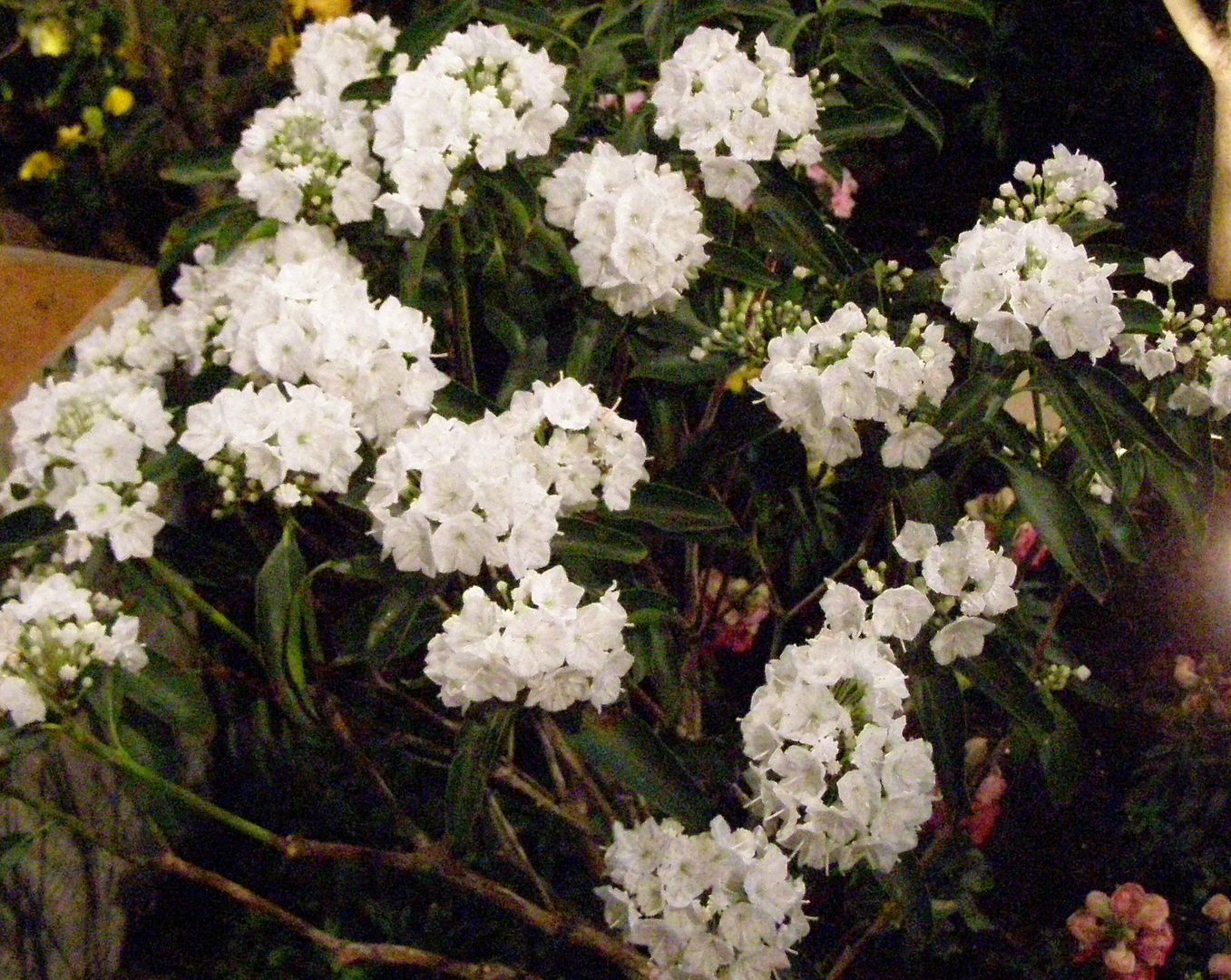
Mountain Laurel, this is a fun one. People plant it as a bush not realizing that in full sun conditions they grow to 30' tall. Normally they form an under story in full shade areas in forests. The flowers are like tiny umbrellas.
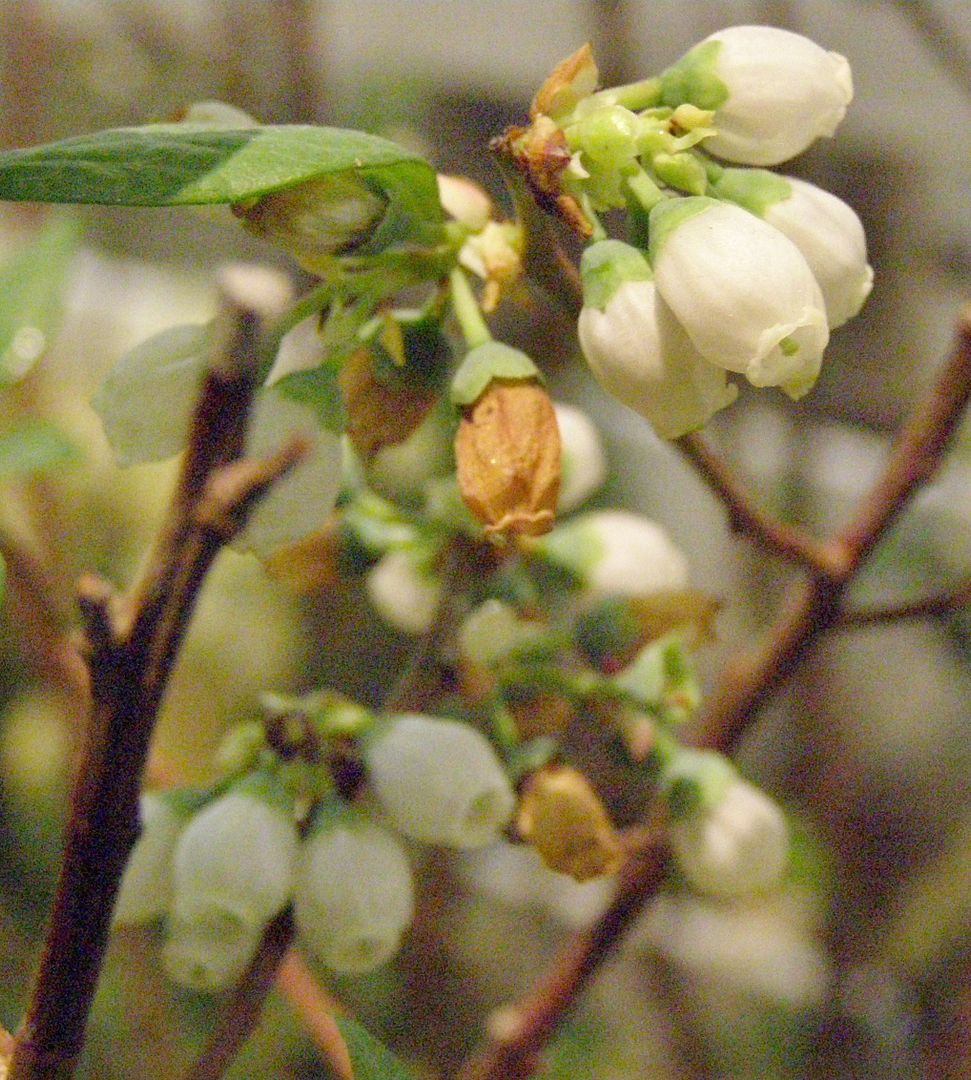
Blueberry! This is a wonderful plant. Excellent for landscaping. They need acidity in the soil year round to flower though. The only issue otherwise is they're slow growing.
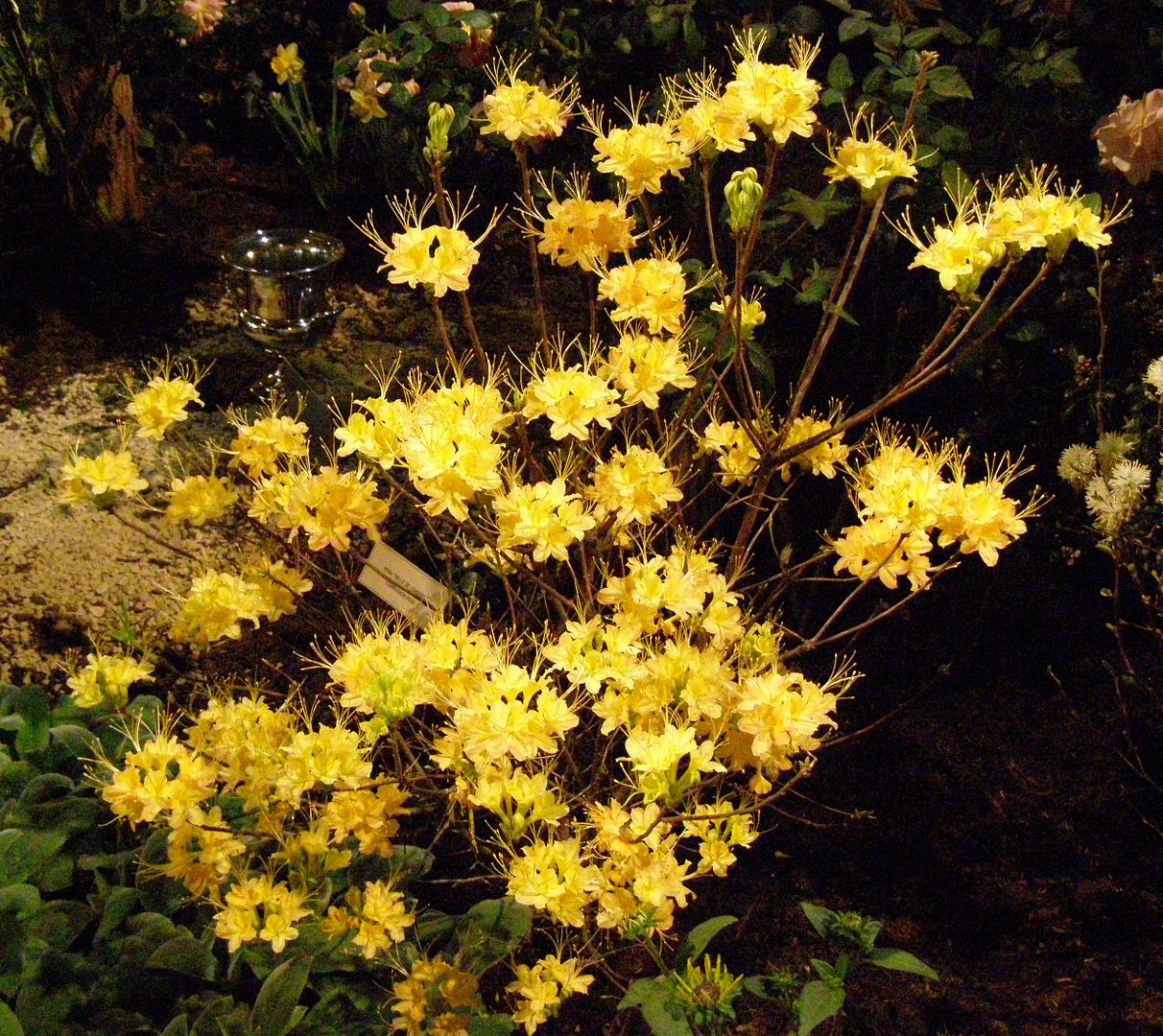
I didn't ID this Rhododendron. Supposedly all our native Rhododendrons are deciduous though (meaning the leaves fall off in the winter) and all the Asian imports are evergreen or semi-evergreen. I would love to have these in my yard just for the color. You don't get the yellows, oranges, and brilliant reds with the imports. The closest you get is white (like another native we have) and a magenta pink color. There's something about the nonnatives that suggest the red colors are variations to salmon color... maybe it's just something I pick up on. I'm not planting them though because I'm a beekeeper and they can poison the honey (for humans only).
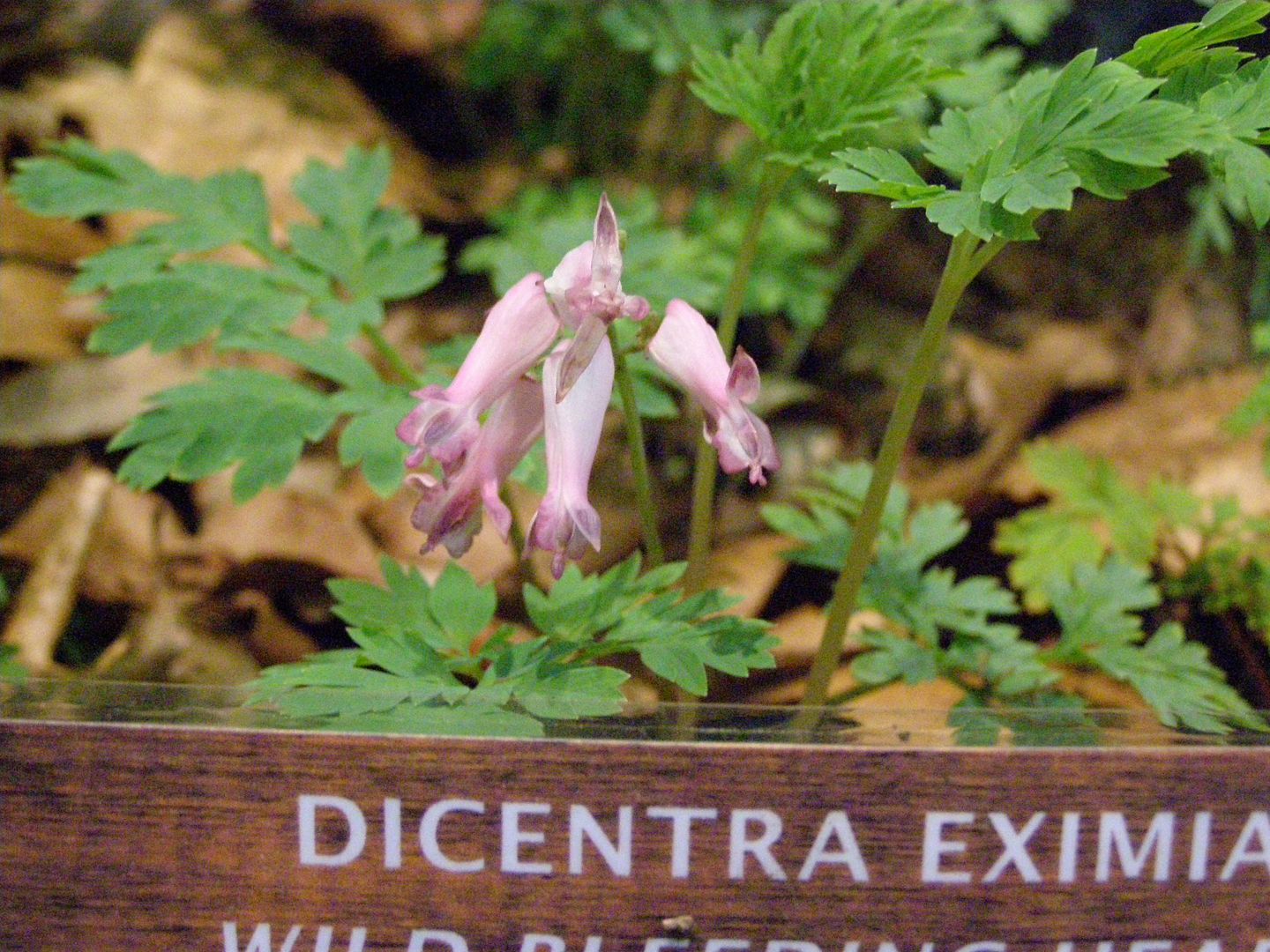
Dicentra! I love this genus because they look like ferns but they flower too.

They are called Bleeding Hearts, and come in either white, pink, or red.

The flower looks like a heart and hangs down from the plant. Supposedly the seeds are distributed by ants but I've never seen this in action.

These are Annual Black Eye'd Susan. I read somewhere that Black Eye'd Susan is a biannual, meaning it lives for 2 years and dies. But you don't know it because it self seeds seamlessly and the baby plants take over every year. Occasionally though something can mess up the system, poor pollination, to many cut flowers, something eating all the seeds, and the patch will suddenly vanish one year. This happens with a couple native plants. It's neat though that they have an annual form of this plant now. But I wonder how that effects their ability to reseed and come back each year.
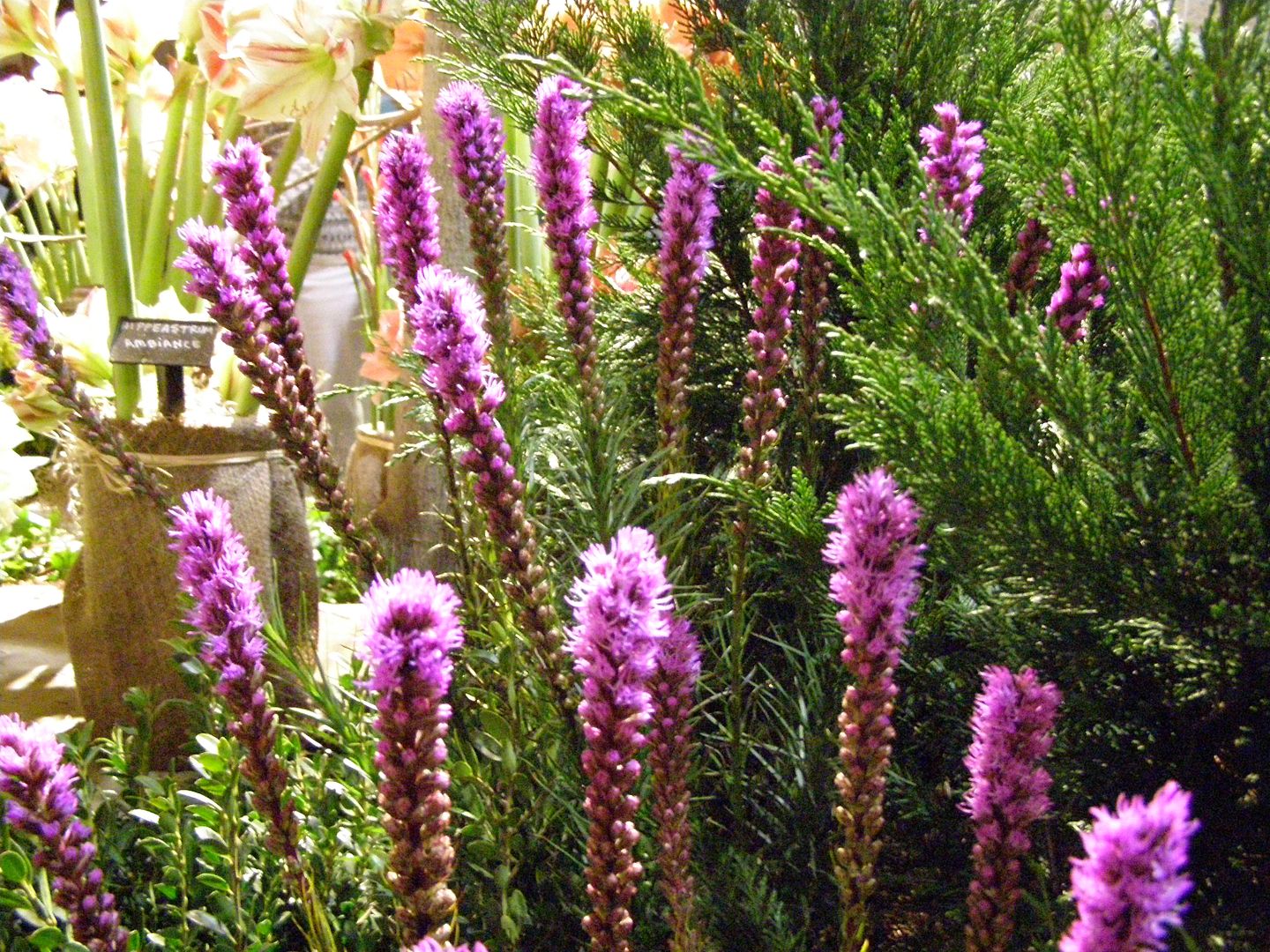
Prairie Liatris (I think) is another one of my favorites. Unfortunantly this was the only place you could see it on the show floor.
With so few natives on display you'd imagen my frustration wondering through the venders and only finding the last three for sale: Liatris, Black Eye'd Susan, and Bleeding Heart.